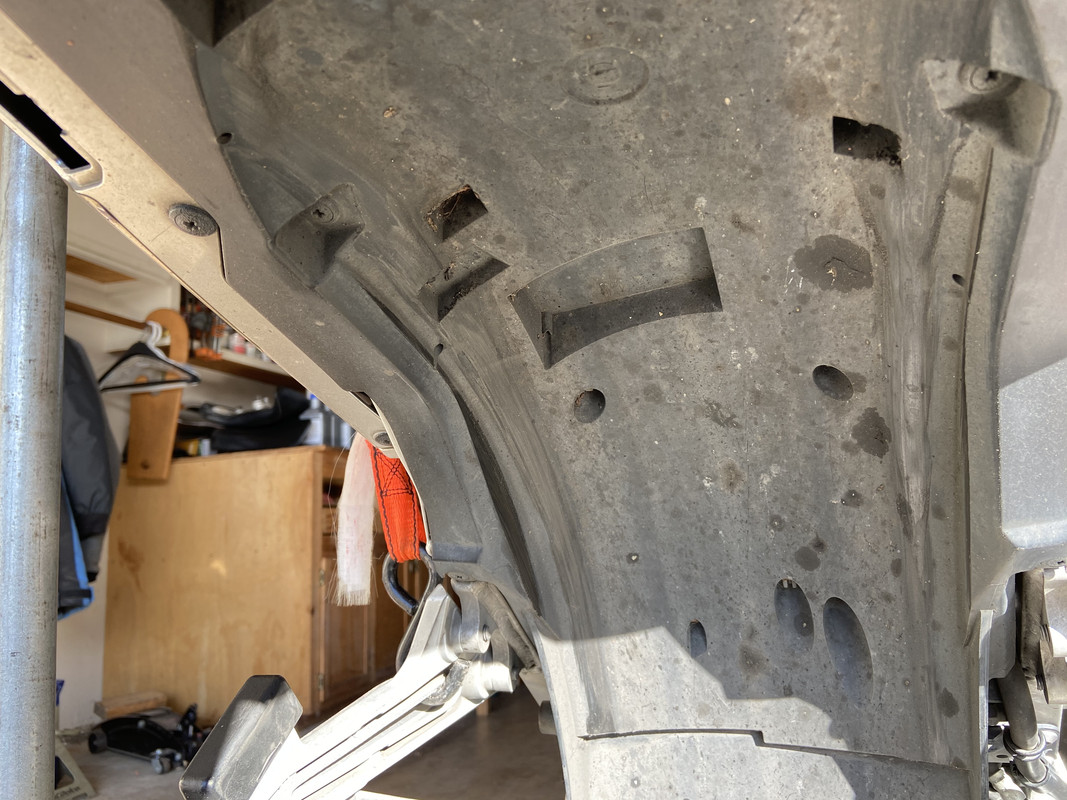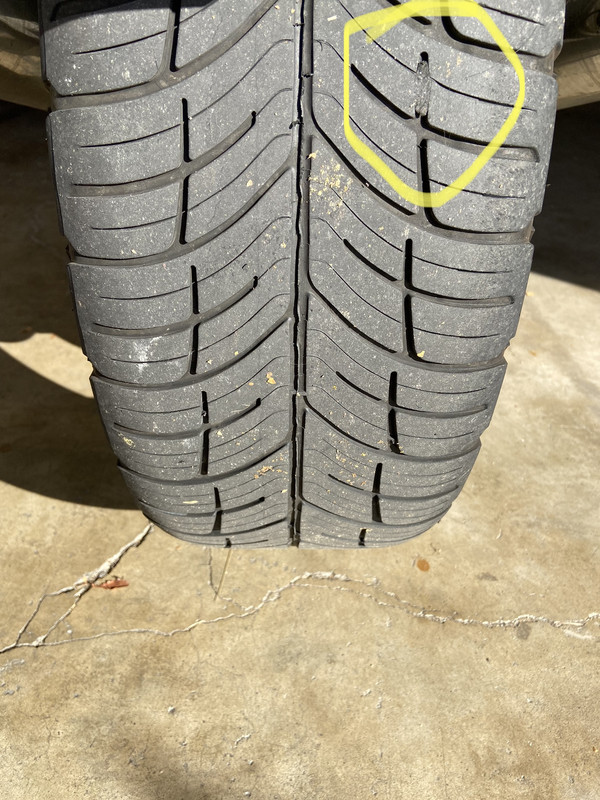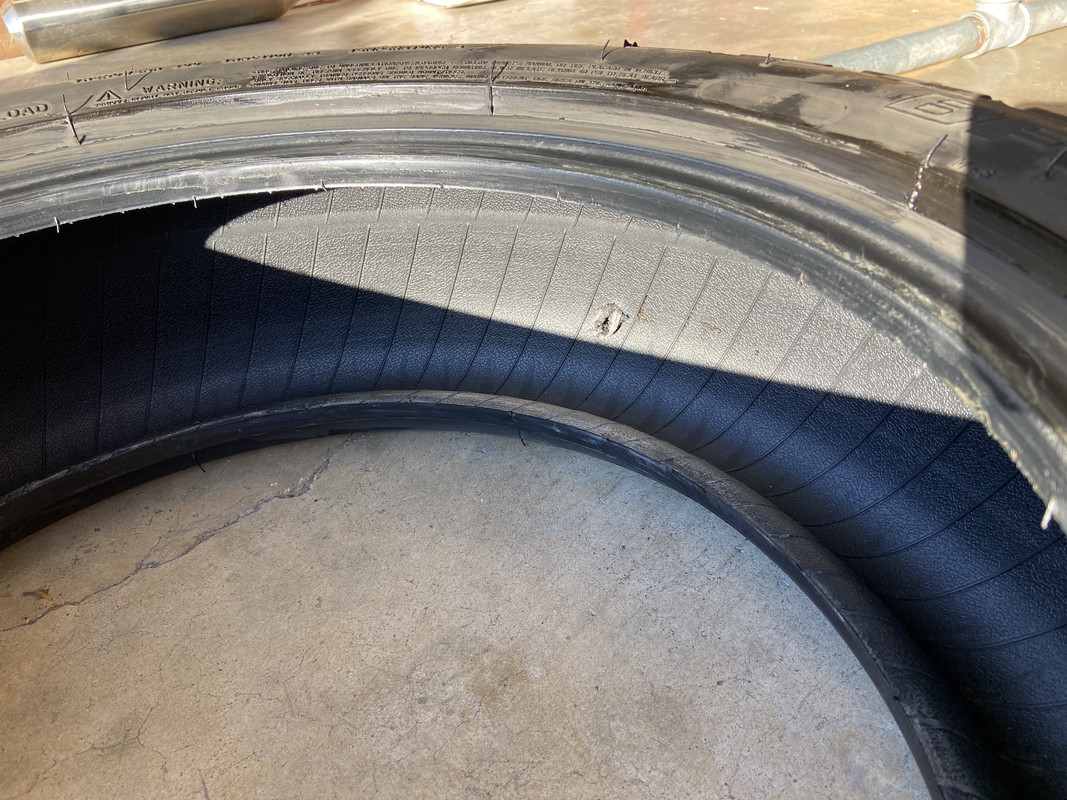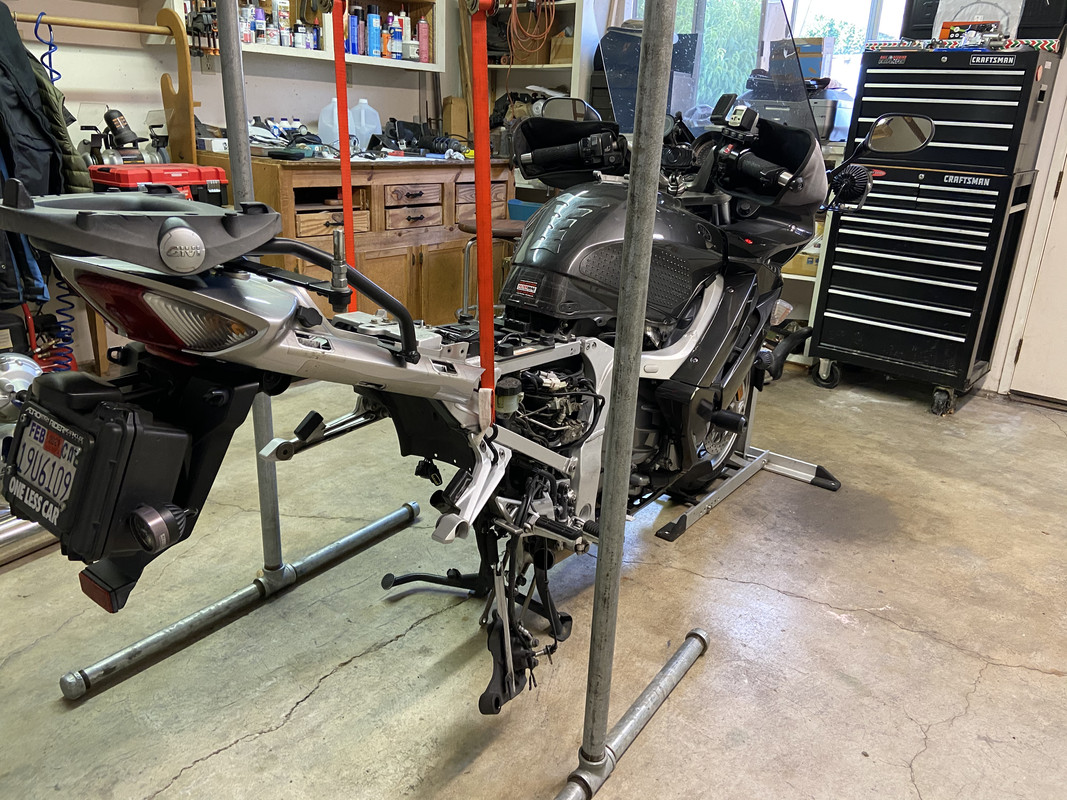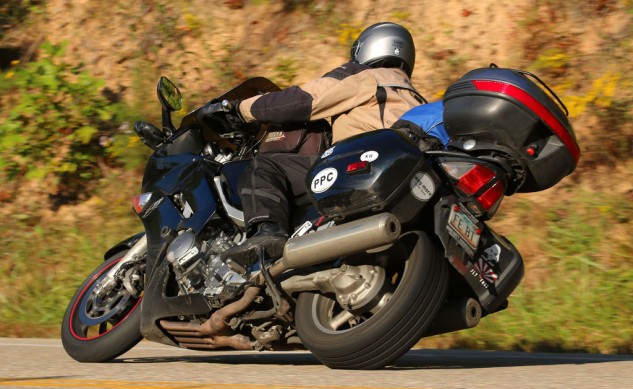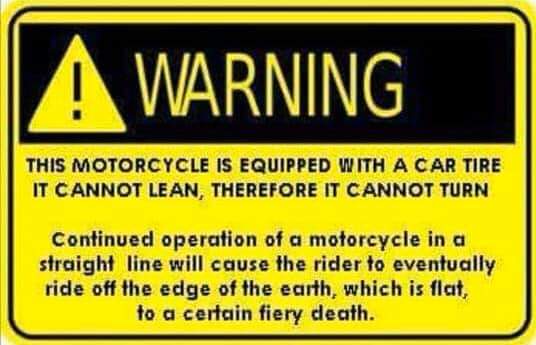Okay, more miles per dollar, I get that. Since I have no experience with car tires on a bike, I have a few simple questions, which I have not seen addressed.
From 'way back in the day, I remember car tires with nicely rounded profiles, not exactly bike tires, but much better than any CTs I have seen proposed for motorcycle use lately. These old-design tires were bias-ply, with polyester belts (if any), not steel-belted radials. As I understand it, steel-belted radials were intended to keep a lot of tread flat on the roadway, but that is NOT what I would want there. With a little over-inflation, the bias-ply tire edges did not touch the ground. This option looks much better to me, for motorcycle use. I use bias-ply Pirelli Sport Demons on my 1985 FJ1100, and I see no problem with using bias-ply tires on the (similar) FJR. I would not mix a rear bias-ply tire with a radial front tire on a bike, but I may be overly-cautious there.
I believe that a tire-truing machine (before balancing) could safely take off much of the shoulders of a CT, making CTs even better for motorcycle use. New tires may or may not be round, but they can be made so. The natural "give" of a bias-ply tire should keep more tread on the road when leaning, also. In this case, the CTs we might want are probably tires with low ply counts, such as 2-ply rather than 4-ply or 6-ply. Stiff sidewalls may be the wrong choice, there. Any thoughts?
My US$.02 worth . . .
The prices of such low-tech light weight bias-ply tires and the lack of steel belts should keep the price low, which to me is the major draw of CTs anyway.
From a safety standpoint, I would use an inner tube, to avoid any possible leaks at the rim when cornering at speed. CTs and MC rims are not a good match at the bead. in some cases.
Advice welcome, here.
